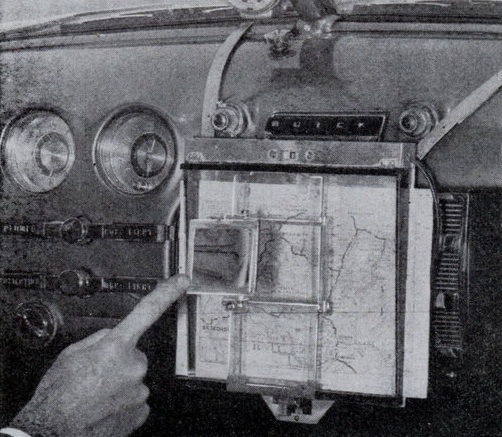If robocars are to form a convoy on highways and byways, digital cartography will be almost as important as the vehicles themselves, considering there’s no existing visual-recognition system anywhere near human levels. From Greg Miller at Wired:
“Autonomous cars will require maps that differ in several important ways from the maps we use today for turn-by-turn directions. They need to be hi-def. Meter-resolution maps may be good enough for GPS-based navigation, but autonomous cars will need maps that can tell them where the curb is within a few centimeters. They also need to be live, updated second by second with information about accidents, traffic backups, and lane closures. Finally, and this was the point Skillman was trying to make with the 1720 road atlas, they’ll need to take human psychology into account and win the trust of their passengers. ‘The key to making autonomous driving work is to not forget about the driver,’ [Nokia lead maps designer Peter] Skillman said.
Fully autonomous cars will be ready to hit the road as soon as 2017 (according to Sergey Brin), or perhaps sometime in the 2020s (according to more conservative forecasts), or maybe never (according to naysayers). The timing may be uncertain, but cars are already becoming more autonomous, creeping across a spectrum from current models with adaptive cruise control and assisted parallel parking to future vehicles that can navigate from A to B while you take a nap or make a sandwich. Much of the attention has focused on the sensors and other technology inside the cars and on the legal questions they raise (if an autonomous car causes an accident, who’s to blame? what if the car was hacked?), but there’s another crucial element: maps.”
Tags: Greg Miller, Peter Skillman

